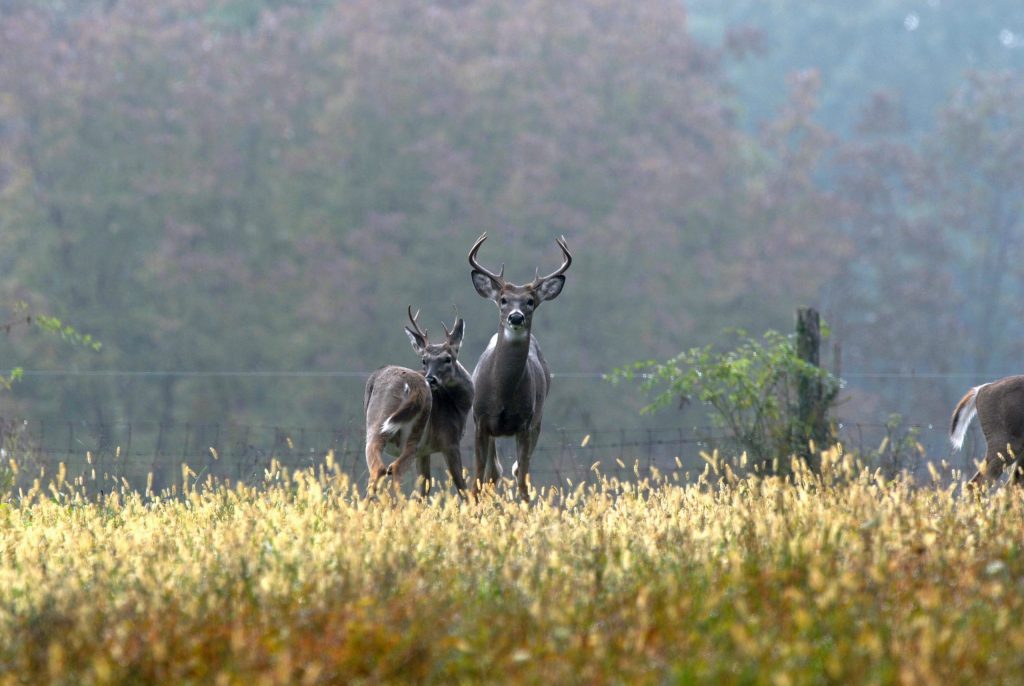Most everyone is aware that fawning season is taking place right now. Most fawns will be born this month. And a lot of attention is given to the newest members of the family.
But what about brother and sister? They are celebrating their first birthday. But there is no party because everybody is “Ooohing” and “Aaahing” over that cute, spotted, blue-eyed baby.
What’s a brother or sister to do? Run away from home, that’s what!
That’s right; many yearling deer will be dispersing to establish new territories. Graduating from fawn to adult and leaving their mother and their natal range forever.
Who disperses? When? How far do they go? How long does it take? Is it risky?
But the biggest question is always WHY? Why do they disperse?
That’s a lot of questions and I’m not going to even try to answer them all in one post. Especially since here in Pennsylvania we have been studying this behavior over the past decade. We published our first paper on male deer dispersal in 2005, and just this month, 10 years later – June 2015, we published our most recent paper on female dispersal behavior.
So let’s back up. What did we know a decade ago?
Biologists have known about male dispersal in deer (and many other species) for decades. When we started our research on this basic deer behavior, which has immediate application to deer management, past research suggested that most male deer dispersed and most female deer did not. This is actually a general pattern in mammals.
But WHY? (Researchers can be like incessant 2-years-olds)
First, deer are polygynous breeders, meaning a single male will breed multiple females. So there is a lot of competition among males for mates. As a result, they may want to disperse to find an area with less competition for mating opportunities. Let’s face it no one likes to share.
Second, females don’t get any help from males in rearing young. Therefore, they should want to stay near where they were born because they are familiar with their surroundings (where they know how to avoid predators and where food resources are located). As a result, females have less incentive to disperse.
Let’s face it no one likes change.
Here’s the place where researchers get to separate themselves from 2-year-olds. That is, looking at what we know (i.e., data) and formulating a hypothesis. Under the theory of evolution, dispersal behavior will only persist if it confers some advantage to individuals. The ultimate goal of every individual on the planet regardless of species is to pass on THEIR genes.
So males disperse and females do not if…
• Male dispersers pass on their genes to more offspring than male non-dispersers.
• Female non-dispersers pass on their genes to more offspring than female dispersers.
Basically, evolution is all about you! Evolution is all about the individual – what behavior is going to benefit you the most?
Yikes! How do you test that hypothesis? That’s why back in 2002 we started with simpler questions (maybe it is better to be a 2-year-old): Like how many males disperse? When do they disperse? And how far do they go?
So let’s start there. In upcoming posts, we’ll look at all these questions to see the many places deer traveled! And show you how these questions of basic science about deer have important implications for deer management.
-Duane Diefenbach
Read the next post in this series: Male Dispersal: Maybe they do ask for directions?
If you would like to receive email alerts of new blog posts, subscribe here.
And Follow us on Twitter @WTDresearch
